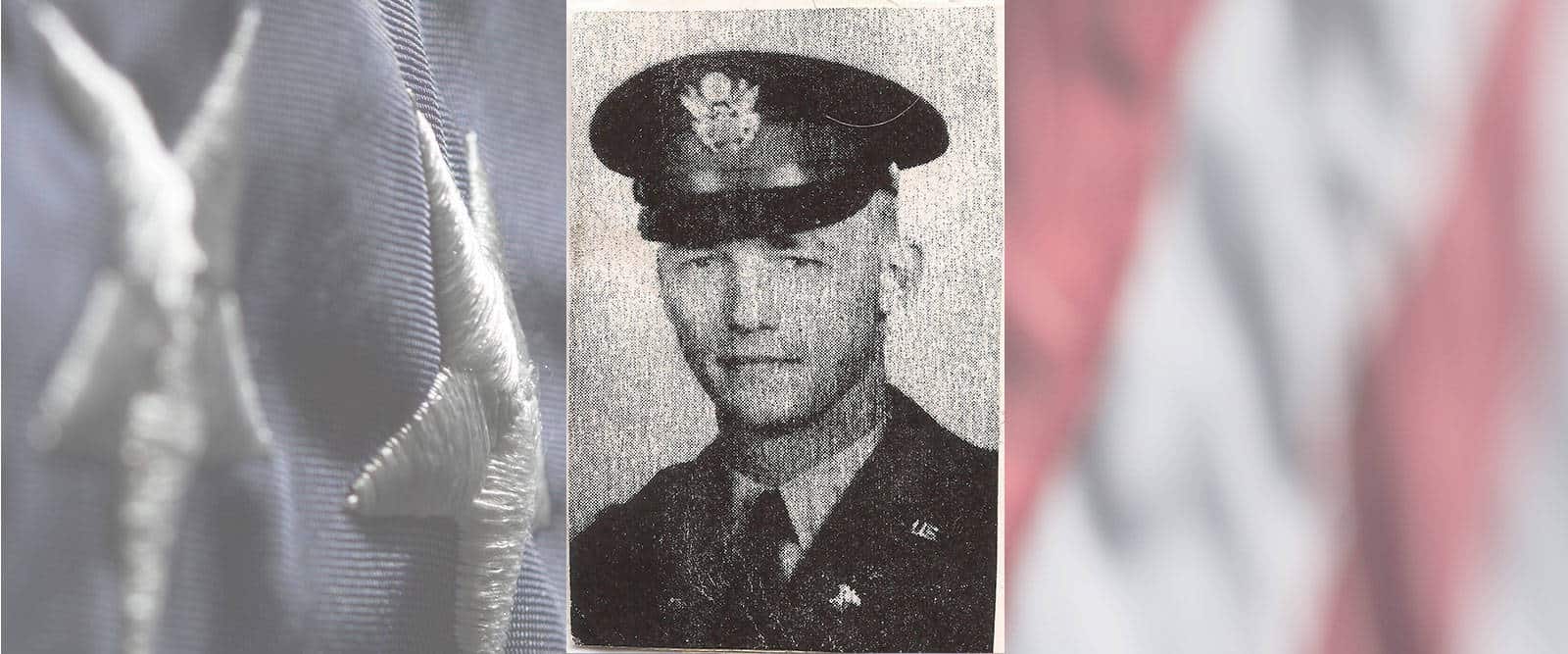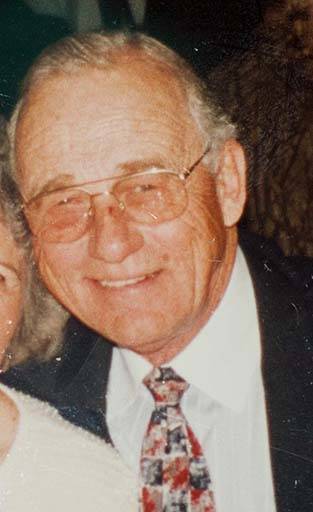U.S. Army Korean War Oak Lawn, IL Flight date: 08/09/17
By Andy Dunning, Honor Flight Chicago Veteran Interviews Volunteer
As an infantry officer in the U.S. Army who served during the Korean War, William “Bill” Lillwitz expected to lead his troops with his feet firmly planted on the ground. Little did he know that an opportunity to take a bird’s-eye view of combat provided an even greater tactical advantage for the soldiers.
Bill grew up on Chicago’s South Side, where he attended Lindblom Technical High School. After graduation, he enrolled at the Chicago Teacher’s College with the goal of becoming a physical education teacher and coach, but after two years he decided a teaching career wasn’t for him. When the 22-year-old left school, he became eligible for the peacetime draft and received his notice in November, 1948. In January 1949, he reported to Fort Campbell, Ky. for 16 weeks of basic training.
When he finished, Bill enrolled at the Officer Candidate School at Fort Benning, Ga. The class of 250 candidates would produce “many Army lifers,” he says, including one four-star general, one major general and two brigadier generals. Bill was one of only 74 to complete the program, graduating as a 2nd Lieutenant.
On June 25, 1950, the North Korean Army invaded its southern neighbor, crossing the 38th Parallel. Well-armed, the North Koreans overwhelmed South Korean troops and captured Seoul within days. A small contingent of UN troops, led by the U.S. Army’s 24th Infantry Division, prepared to join the South Koreans and attempt to stall the North’s advances until reinforcements could arrive. Bill received orders to fly to Japan and join the 24th Division’s E Company, 19th Infantry Regiment, which was stationed in Japan during the post WWII occupation. When he arrived in July, Bill joined soldiers already boarding ships headed to South Korea.
“We fought hard as the North Koreans pushed us from Seoul back to Pusan perimeter,” Bill says. “The loss of men was horrible. We sat there for a month and a half before MacArthur landed at Inchon and we were able to surround the North Koreans.”
As the Armed Forces continued to bring in reinforcements, the men were able to hold the Pusan Perimeter, repelling several waves of attack by the North Koreans. Their success changed the tide of the war, and U.S. troops recaptured Seoul on Sept. 27, 1950, pushing the North Koreans into China.
According to Bill, the U.S. Air Force gave the UN troops a big advantage over the North Koreans. Bombers provided close air support for soldiers on the line, and other planes were used to monitor enemy troop movements. The coalition led by the U.S. pushed the North Koreans all the way north to China, but when U.S. troops pushed beyond the North Korean border, the Chinese Army attacked, repelling them back to Seoul.
In a “very unusual situation” Bill and 24 other infantry officers were attached to the Air Force’s 6147th Tactical Control Group in October, 1951. “Because I was an officer in the infantry, I guess they figured I knew what I was looking at. We could identify battalions, divisions, etc.” Assigned to the back seat of a North American Aviation AT-6, Bill watched the movements of the North Korean Army and identified “targets of opportunities” for ground troops. The single engine aircraft, which were once used to train cadets in the defunct Army Air Corps, featured low wings and a long canopy that could open. “We would drop smoke grenades from the planes to mark the targets.” Missions were extremely taxing, he says, because the air is colder at higher altitudes and the planes didn’t have heaters.
“It was quite a thing, going up and down again, doing as many missions as we could,” Bill says. “We’d go up in the morning, return to base for fuel and lunch, and then take off for another mission. We traveled all over Korea.”
In April 1951, North Korean anti-aircraft gunfire downed his plane over enemy territory, somewhere between Chosin Reservoir and the port city of Wonsan. “I wasn’t injured, but it was tricky stuff,” Bill says. “We had to hike back to friendly territory.”
During a six-month stretch, Bill flew 210 missions with various pilots, including an airman from his neighborhood who he hadn’t met. At the end of the assignment, he took leave for some “R&R” in Japan before rejoining his infantry company as a 1st Lieutenant.
“I went from the infantry to flying 1,000 hours and then back to the infantry. Very unusual.” He was then tasked to lead a squad into forward combat areas to rescue the injured, but he also had to rescue one of his own. “One of my men was shot. We had to make our own stretcher and had to carry him down a creek to HQ.” In August, Bill rotated out of Korea and returned stateside where he was stationed at Fort Riley, Kansas.
Bill received his discharge in June 1954, returning to Chicago. He took a job in the sales department of Alemite, Co., a provider of lubricants for service stations. Bill met his wife, Ursla, at the Midway Social Athletic Club, and they married in 1959. The couple then moved to Toledo, Ohio, where Bill accepted a management position with the Jeep Corp., but they later returned to Chicago where he entered the construction business. The couple raised three sons who gave them eight grandchildren. In 2007, he retired from Hartz Construction after 25 years. Sadly, Ursla passed away in 2015. Bill spends his time playing golf and visiting family.
Thank you, Bill, for your service. Enjoy your well-deserved Honor Flight.




